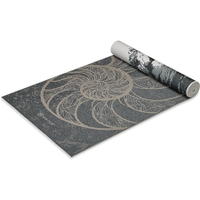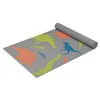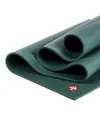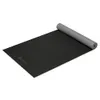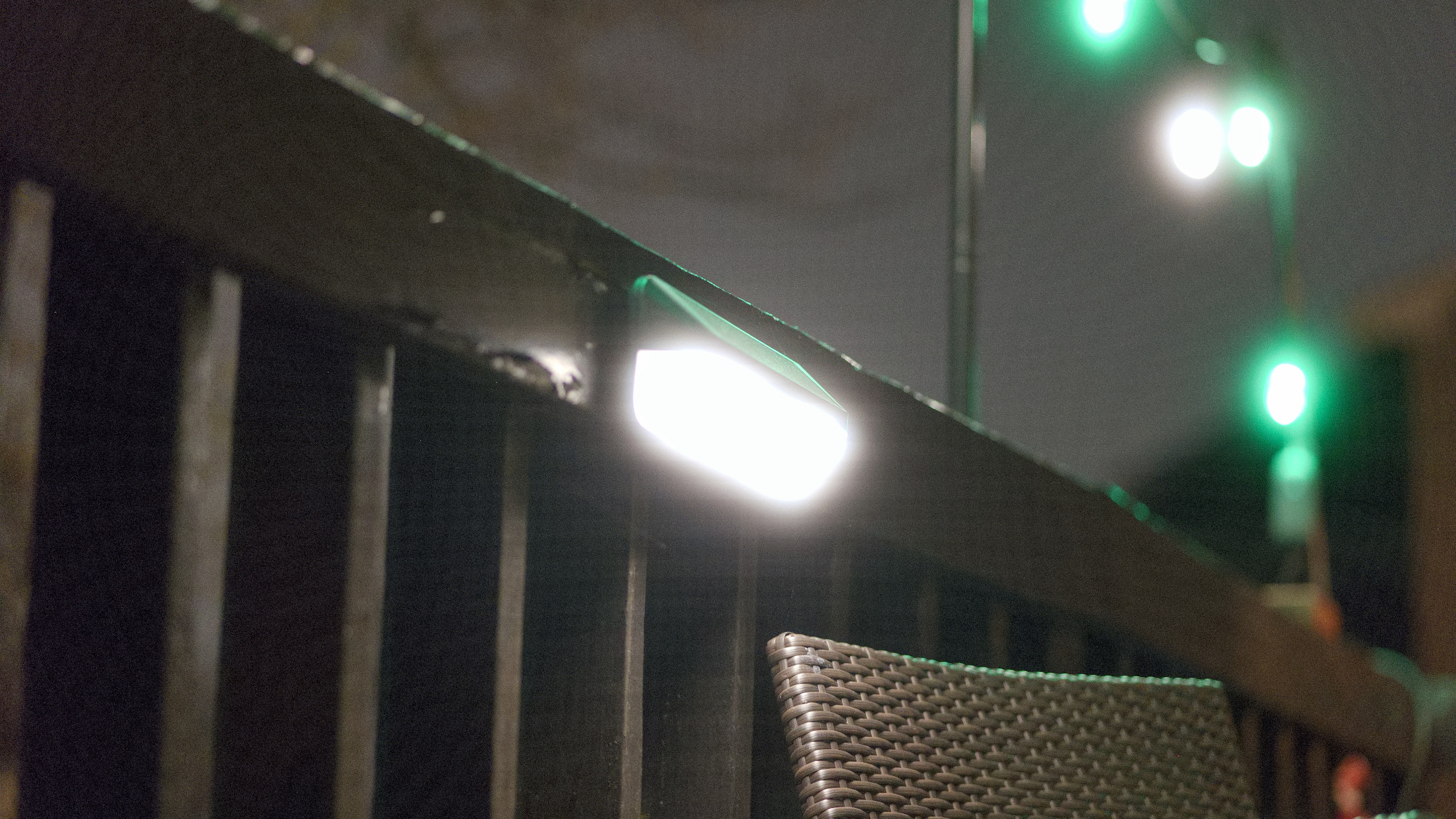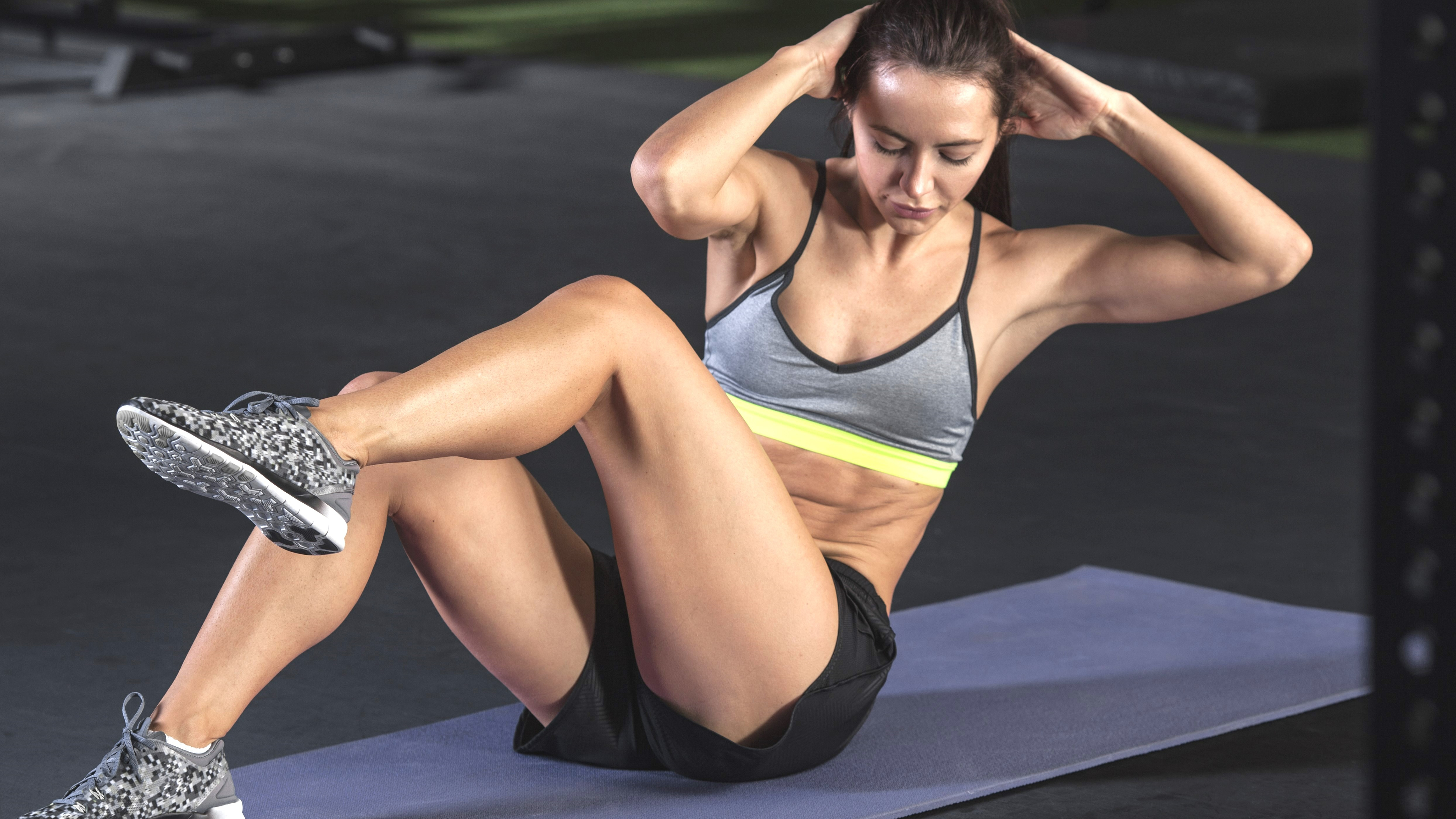
The next time your core workout needs a glow-up, try these three bodyweight abs exercises and a short 15-minute routine. I use them regularly when I want to put my midsection through the wringer.
I recommend one of the best yoga mats to support your lower back, but you won’t need any other equipment like dumbbells, resistance bands, or kettlebells unless you choose to add them.
Below, I cover how to do each exercise, the benefits and ways to scale.
What are the three bodyweight abs exercises?
The three exercises below don’t reinvent the wheel regarding core workouts, but they certainly torch your midsection muscles, and when combined into a 15-minute abs workout, tackle most of the core muscles that span your torso.
When programming core workouts, you’ll need to think about working various muscle groups, not just the six-pack muscles that create most of the muscle definition we associate with a toned tum.
The obliques run down your waist — the external muscles sit closer to the surface and the internal muscles sit beneath — and support lateral movement and rotation.
The abs (rectus abdominis) span the front of the stomach, create the six-pack look, and are responsible for flexion and extension of your torso (think about bending forward or leaning backward, for example).
Sign up to get the BEST of Tom's Guide direct to your inbox.
Get instant access to breaking news, the hottest reviews, great deals and helpful tips.
The transverse abdominal muscles are a set of deep stabilizer muscles that sit like a belt around the lower stomach, and other muscles like the erector spinae (muscles that support the spine), hip flexors and even the glutes form the network of core muscles.
The core exercises in this routine move the body in several directions (isotonic movement) and force the body to hold a position while maintaining muscular tension (called isometric contraction), meaning you can work the many muscles of your core during one session.
1. Alternating planks
Alternating planks require the body to hold a high plank position while extending one arm and the opposite leg at the same time. It takes balance and coordination, forcing the stabilizing muscles in your body to keep the body under control.
You could also perform the exercise using a forearm plank (above) if you have wrist pain. You could hold a dumbbell in each hand or wear ankle weights to progress the move further.
- Start in a plank position with your shoulders stacked over your wrists and hips aligned with your shoulders
- Give your quads, glutes and stomach a healthy squeeze to create a solid torso position
- Slowly extend your left arm and right leg until your arm reaches shoulder height and your leg reaches hip height
- Pause and keep your hips square to the ground beneath you
- Return to the starting position, then switch arm and leg.
Gaiam yoga mat: now $29 @ Amazon
Grab the popular Gaiam yoga mat, perfect for yoga and other exercise, at just $29 if you want to save while you train this summer.
2. V-sit cross jabs
The V-sit cross jabs can be made easier by bending the knees or keeping the toes lightly touching the ground. If you want to progress the move, extend your legs into the air, which increases the demand on your quads, hips and hamstrings.
You won’t need weights, but if you add them, hold a light to medium heavy set during the punches.
- Start sitting on your bum with your knees bent and feet on the ground
- Slightly lean back and brace your stomach, gently sucking your belly button toward your spine
- Relax your shoulders and lift your chest to help create a straight back
- Lift your feet away from the ground, keeping the legs bent to 90 degrees or extending them into the air and pressing them together, toes pointed
- Hold the V-position, create fists with your hands, then begin punching in front of you at chest height.
3. Plank hip dips
Hip dips use rotation to target more of your torso, including the obliques and lower back. To protect your lower back, perform your reps from a high plank. Avoid allowing your back to arch or hips to drop to the floor, as this also places extra strain on your lumbar spine.
- Start in a forearm plank position with your shoulders over your elbows and hips aligned with your shoulders
- Look toward the top of the mat to maintain a neutral spine
- Rest the balls of your feet on the ground and engage your stomach, quads and glutes
- With control, press through your elbows and rotate your outer right hip to touch the floor on the right side
- Rotate back to the center, then repeat on your left side, touching the outer left hip to the floor to your left.
15-minute bodyweight core workout
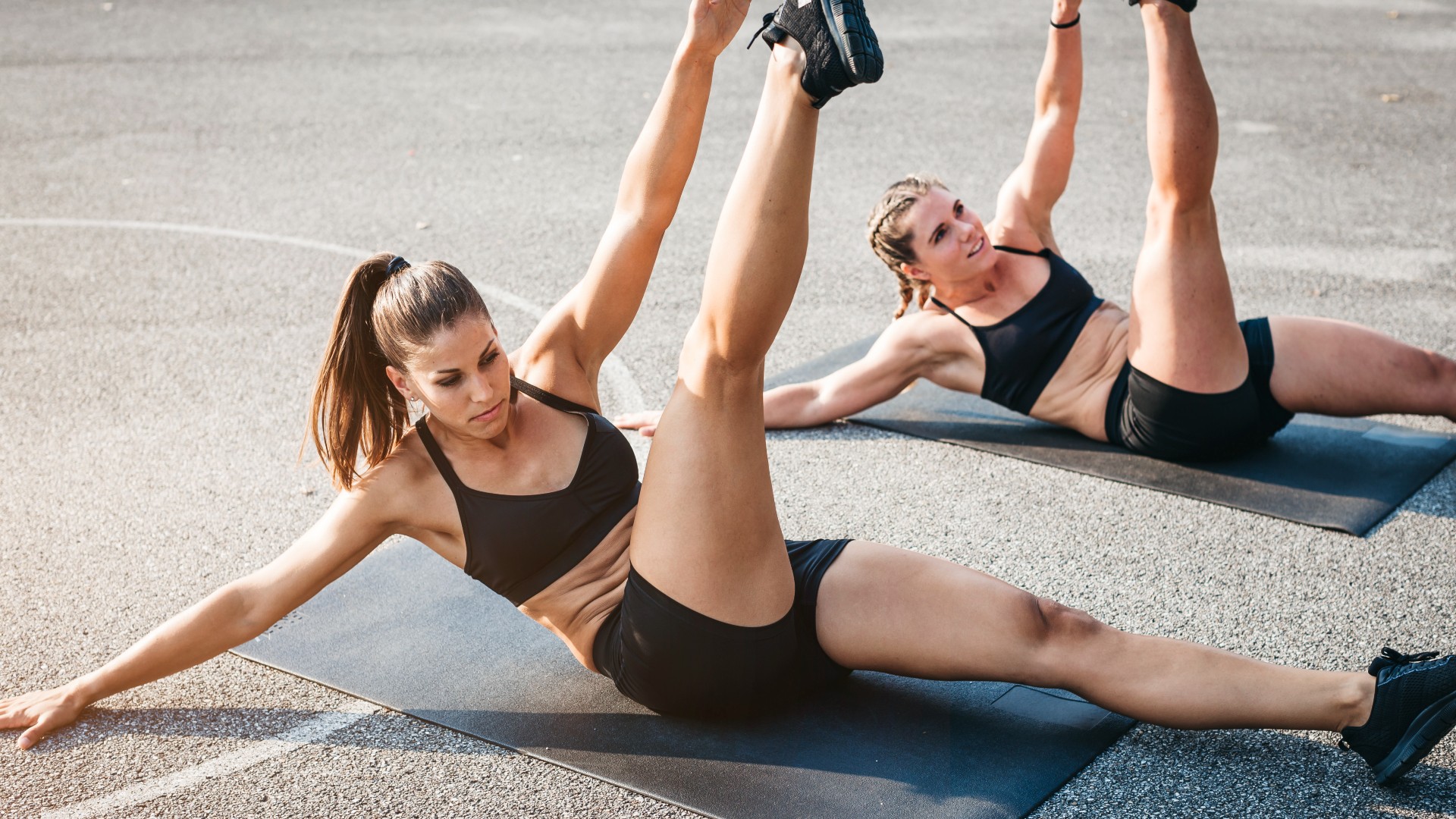
- Alternating planks
- V-sit jab cross
- Plank hip dips
- 50 seconds on / 10 seconds off x 5 rounds
Perform alternating planks for 50 seconds, then rest for 10 seconds. On the next minute, repeat with the V-sit jab crosses, then the plank hip dips. Repeat for 5 rounds, performing a new exercise every minute.
To maintain consistency, count the repetitions of each exercise during the first round, then try to hit the same reps for the remaining rounds. For example, if you manage 12 alternating plank reps, aim for 12 reps every subsequent round. Set a timer or rolling 15-minute clock and stay accountable to the short rest periods.
More from Tom's Guide
- Just one bodyweight exercise strengthens abs, obliques and hips — and boosts your metabolism
- The best core exercises for complete beginners
- I tried this 10-minute walking exercise every day for a week to build mental strength — here's what happened

Sam Hopes is a level 3 qualified trainer, level 2 reiki practitioner and senior fitness writer at Tom's Guide. She is also currently undertaking her Yoga For Athletes training course. Sam has written for various fitness brands and websites over the years and has experience across brands at Future such as Live Science, Fit&Well, Coach, and T3.
Having worked with fitness studios like F45 and Virgin Active, Sam now primarily teaches outdoor bootcamps, bodyweight, calisthenics and kettlebells. She also coaches mobility and stretching-focused classes several times a week and believes that true strength comes from a holistic approach to training your body.
Sam has completed two mixed doubles Hyrox competitions in London and the Netherlands and finished her first doubles attempt in 1:11.
